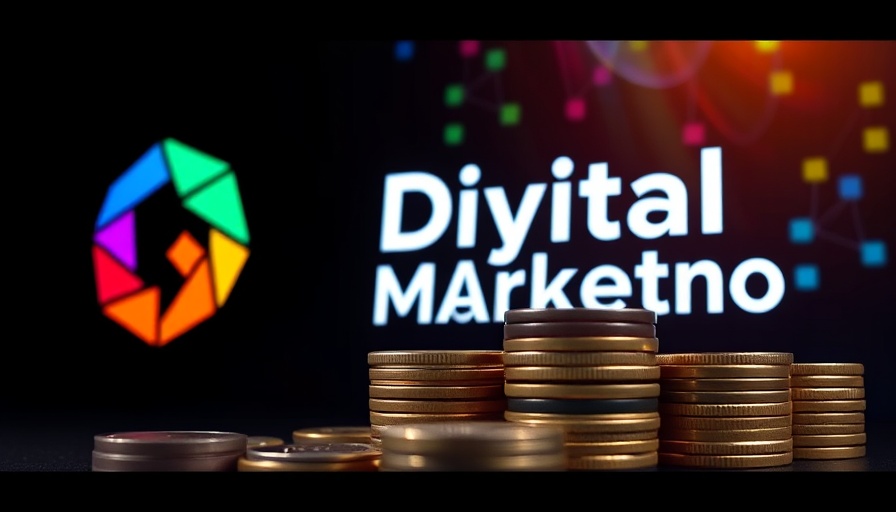
Understanding Weekly Spend Fluctuations in Google Ads
The digital marketing landscape is in a constant state of flux. For small business owners and marketers using Google Ads, navigating these changes can be daunting. Recently, Ginny Marvin, Google's Ad Liaison, shed some light on an issue many have encountered: weekly spend fluctuations in their advertising budgets. These fluctuations are not anomalies but reflect the dynamic interplay of market conditions and budget adjustments.
Market Conditions and Budget Changes: A Symbiotic Relationship
Whether due to unexpected weather events, industry trends, or sudden shifts in consumer behavior, external factors can heavily influence your advertising spend. An AWS (Amazon Web Services) report revealed that 62% of advertisers acknowledge the elasticity of demand across different seasons, further complicating budget management.
Marvin emphasizes that while your weekly spend may vary, exceeding your monthly budget is not a concern. This assurance is critical for businesses that must keep a close eye on their financial allocations, especially when market dynamics can lead to increased costs. Understanding this relationship empowers advertisers to make informed decisions regarding budget adjustments while remaining competitive in an ever-changing landscape.
Adapting Strategies: The Importance of Flexibility
One of the crucial insights from Marvin involves the adaptability of campaigns. Ads with limited flexibility are more vulnerable to fluctuations in spend. For instance, a rigid campaign that cannot pivot according to demand may find itself underselling during peak periods or overspending when competition is low. Thus, the implementation of adaptable strategies becomes essential to optimize performance and maintain budgetary control.
During the height of the pandemic in 2020, businesses had to quickly adapt their ad strategies. Brands that pivoted with flexible budgets not only survived but thrived as they could quickly capitalize on emerging trends. As a small business owner, you should prioritize adaptable campaign structures that can respond to market conditions, thereby ensuring a steady advertising presence across various periods.
Budget Planning 101: Avoiding Pitfalls
Effective budget management remains a cornerstone of successful marketing. Marvin's insights should serve as a reminder that understanding your campaign’s potential for fluctuation is mandatory. Advertisers are advised to establish a robust budgeting framework that includes monthly spend limits. Keeping track of actual spend versus budget provides valuable parameters for future adjustments.
Moreover, businesses can harness tools and software that track market trends and forecast potential fluctuations. By anticipating changes, marketers can allocate resources more efficiently, thus avoiding unnecessary expenditure and maximizing returns.
The Future of Google Ads: Trends to Watch
As small business owners, it’s also essential to stay ahead of upcoming trends. Google's integration of artificial intelligence into its advertising algorithms promises more personalized and effective ad experiences. Automation will likely play a crucial role in adjusting budgets in real-time based on market conditions.
Furthermore, the advent of AI-driven tools designed to predict market shifts will usher in a new era of data-driven decision-making that empowers marketers to allocate their budgets wisely. Keeping abreast of these technological advancements ensures that marketers not only adapt but excel in their campaign strategies.
Email Notifications: Staying Informed
An interesting feature discussed by Marvin is Google's notification system, which alerts advertisers when their local services ads (LSAs) are nearing budget exhaustion. These reminders help maintain a proactive approach to budgeting and media planning.
Ultimately, leveraging these notifications allows marketers to reassess their spend and adjust their strategies accordingly, ensuring they can capitalize on favorable trends or mitigate adverse conditions.
 Add Row
Add Row  Add
Add 




Write A Comment